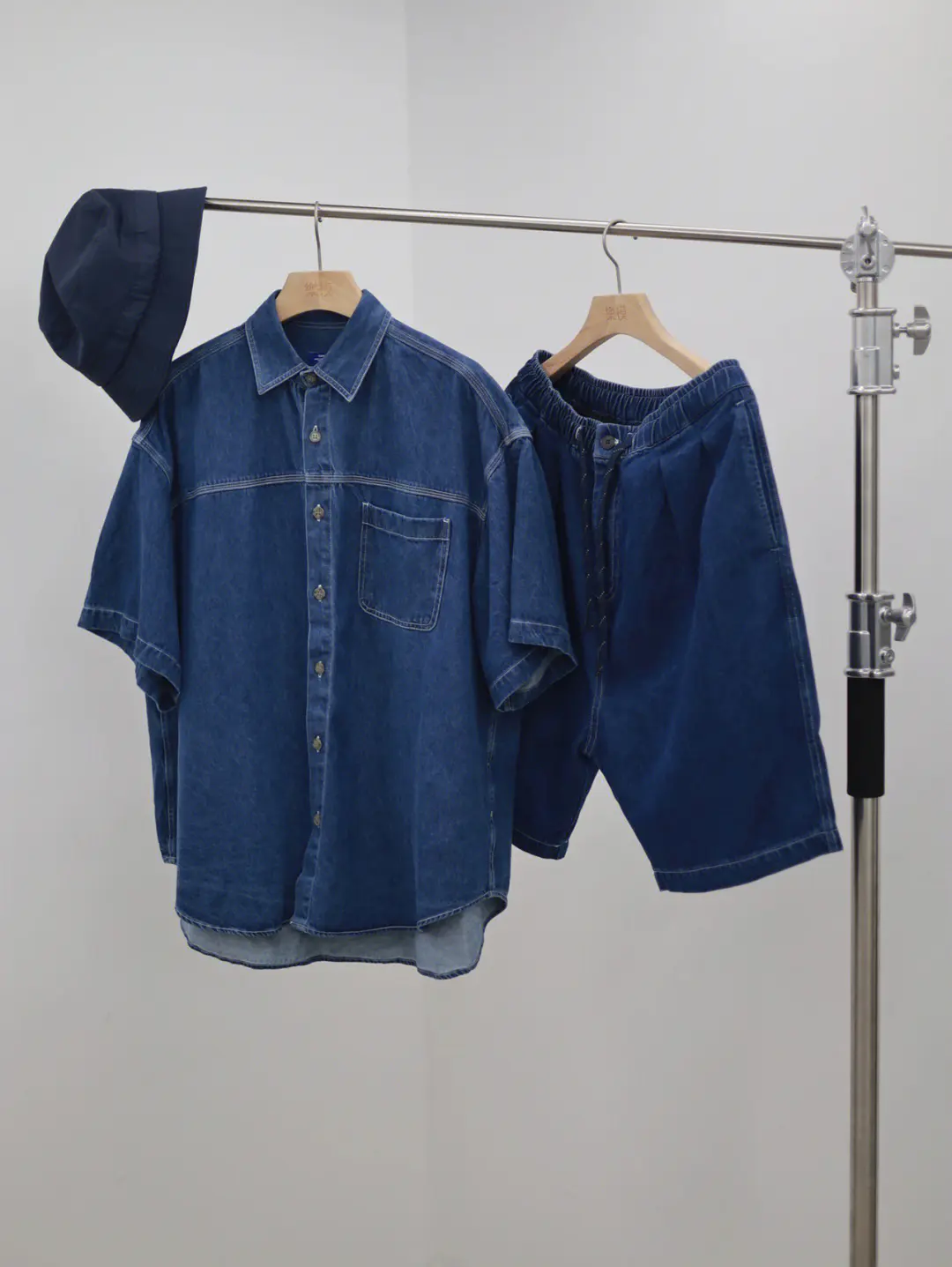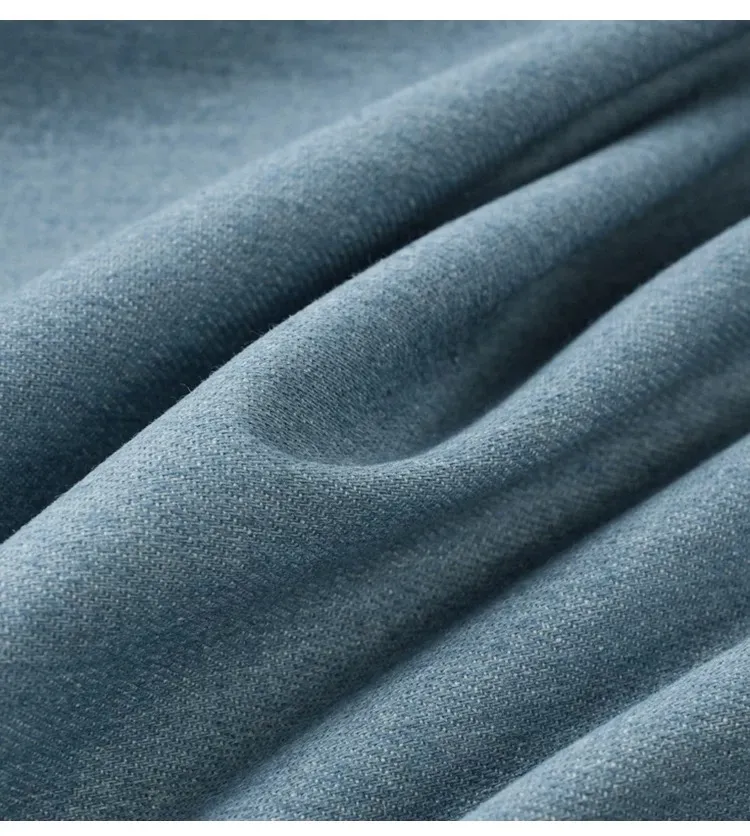china indigo colours


Ensuring the ethical production and sustainability of indigo is a significant concern addressed by industry experts today. The resurgence of interest in indigenous dyeing techniques emphasizes the importance of eco-friendly practices. Many manufacturers now collaborate with traditional dyers to not only revive ancient methods but also innovate them to meet contemporary environmental standards. This partnership enhances the credibility of products adorned in Chinese indigo, attracting a conscious consumer base that values both aesthetic appeal and ethical credibility. Trust in the authenticity of Chinese indigo is paramount. Established artisans and brands provide certifications guaranteeing the traditional methods used in the making of the indigo dye. Knowledgeable experts impart training and share insights into the significant role of indigo in Chinese culture and its evolution over centuries. This authoritative knowledge buttresses consumer confidence, ensuring that products bearing the mark of Chinese indigo are not only visually striking but also genuine, fostering trust and loyalty among buyers. The intersection of tradition, craftsmanship, and modern design with Chinese indigo colors has paved the way for products that resonate with authenticity and sophistication. As awareness and interest continue to grow, the legacy of Chinese indigo is not only preserved but also enhanced, promising future generations the same timeless beauty experienced today.
-
The Timeless Art of Denim Indigo Dye
NewsJul.01,2025
-
The Rise of Sulfur Dyed Denim
NewsJul.01,2025
-
The Rich Revival of the Best Indigo Dye
NewsJul.01,2025
-
The Enduring Strength of Sulphur Black
NewsJul.01,2025
-
The Ancient Art of Chinese Indigo Dye
NewsJul.01,2025
-
Industry Power of Indigo
NewsJul.01,2025
-
Black Sulfur is Leading the Next Wave
NewsJul.01,2025

Sulphur Black
1.Name: sulphur black; Sulfur Black; Sulphur Black 1;
2.Structure formula:
3.Molecule formula: C6H4N2O5
4.CAS No.: 1326-82-5
5.HS code: 32041911
6.Product specification:Appearance:black phosphorus flakes; black liquid

Bromo Indigo; Vat Bromo-Indigo; C.I.Vat Blue 5
1.Name: Bromo indigo; Vat bromo-indigo; C.I.Vat blue 5;
2.Structure formula:
3.Molecule formula: C16H6Br4N2O2
4.CAS No.: 2475-31-2
5.HS code: 3204151000 6.Major usage and instruction: Be mainly used to dye cotton fabrics.

Indigo Blue Vat Blue
1.Name: indigo blue,vat blue 1,
2.Structure formula:
3.Molecule formula: C16H10N2O2
4.. CAS No.: 482-89-3
5.Molecule weight: 262.62
6.HS code: 3204151000
7.Major usage and instruction: Be mainly used to dye cotton fabrics.

